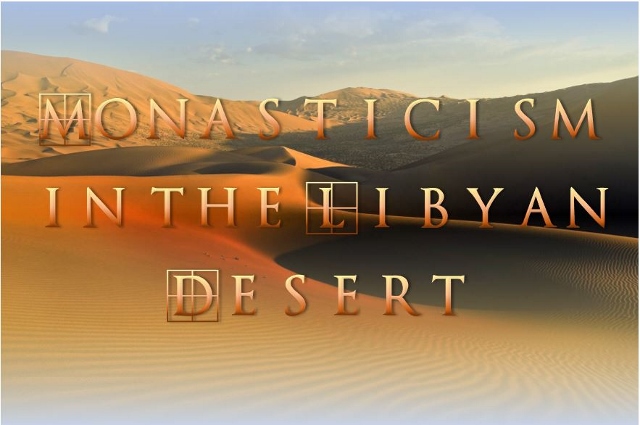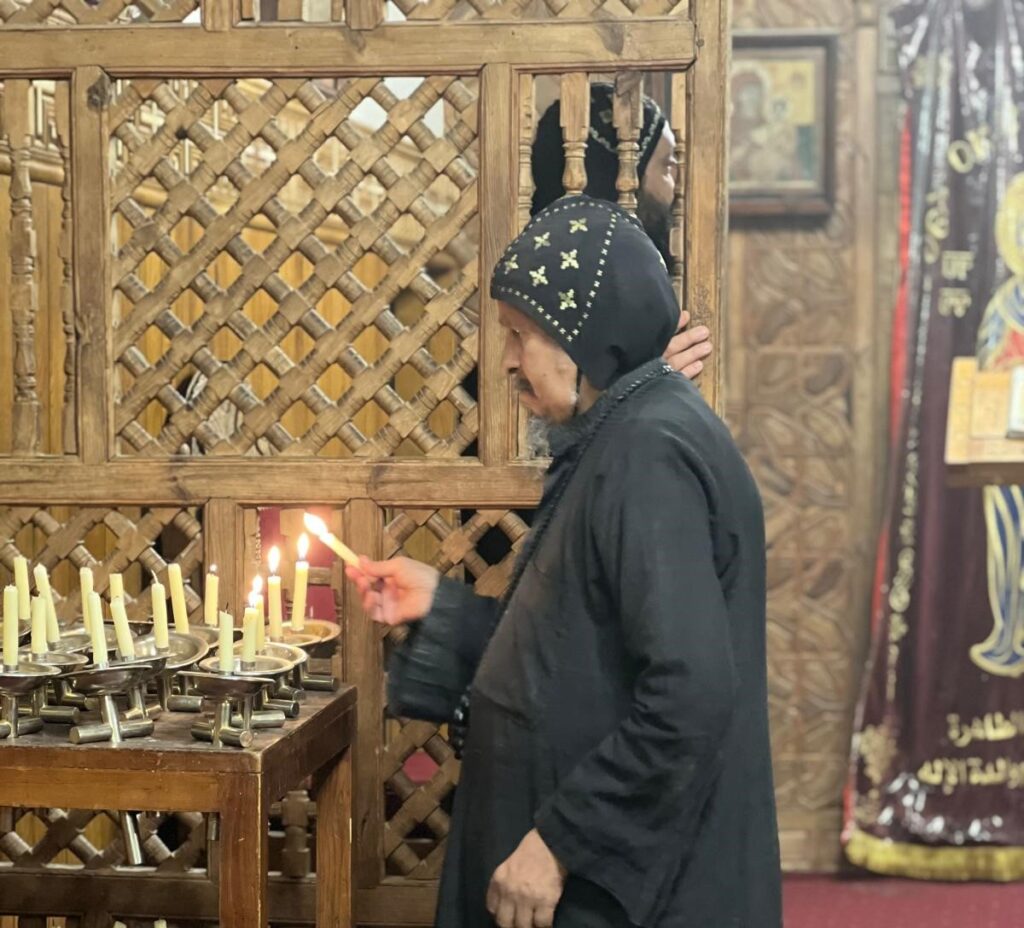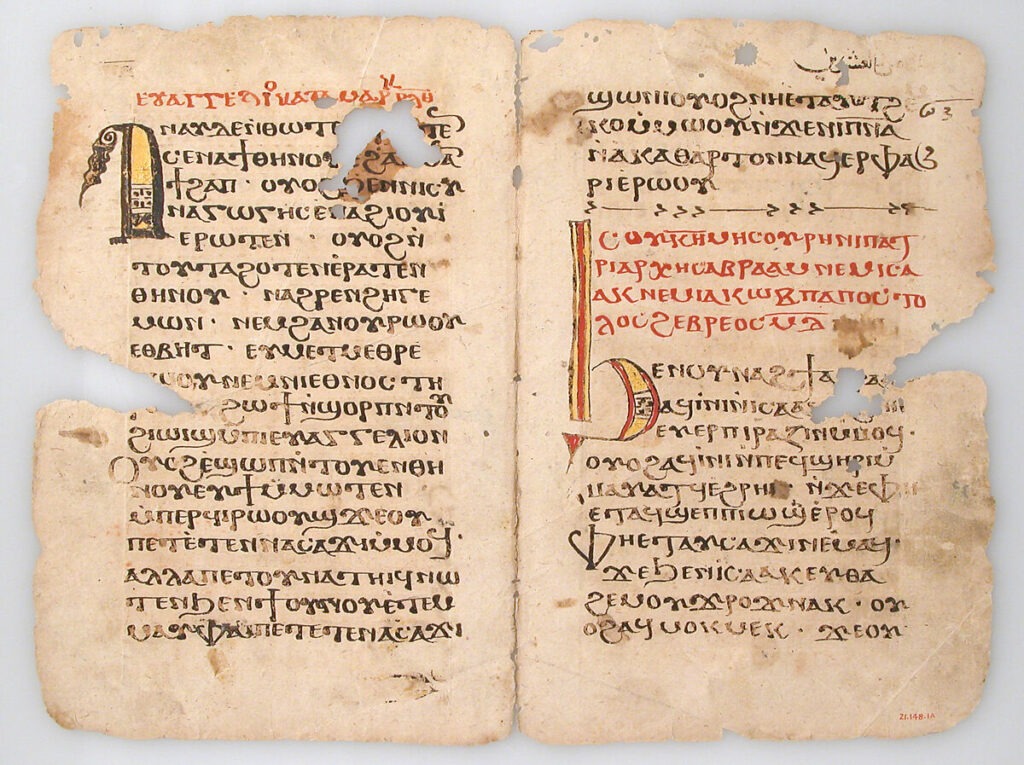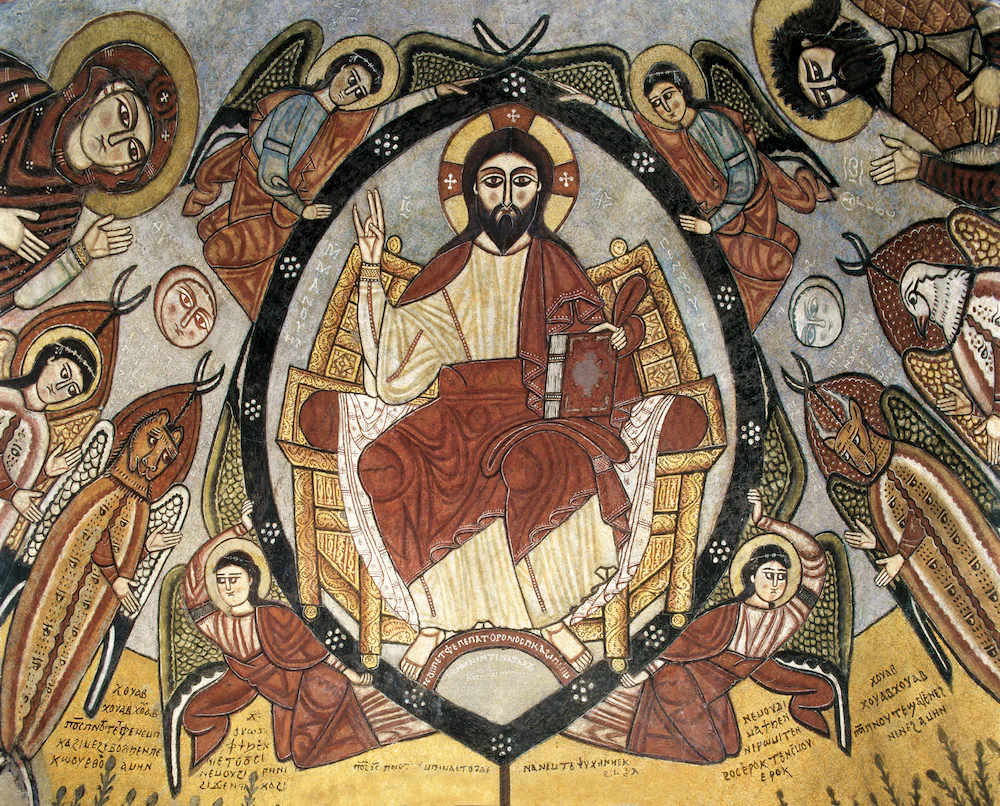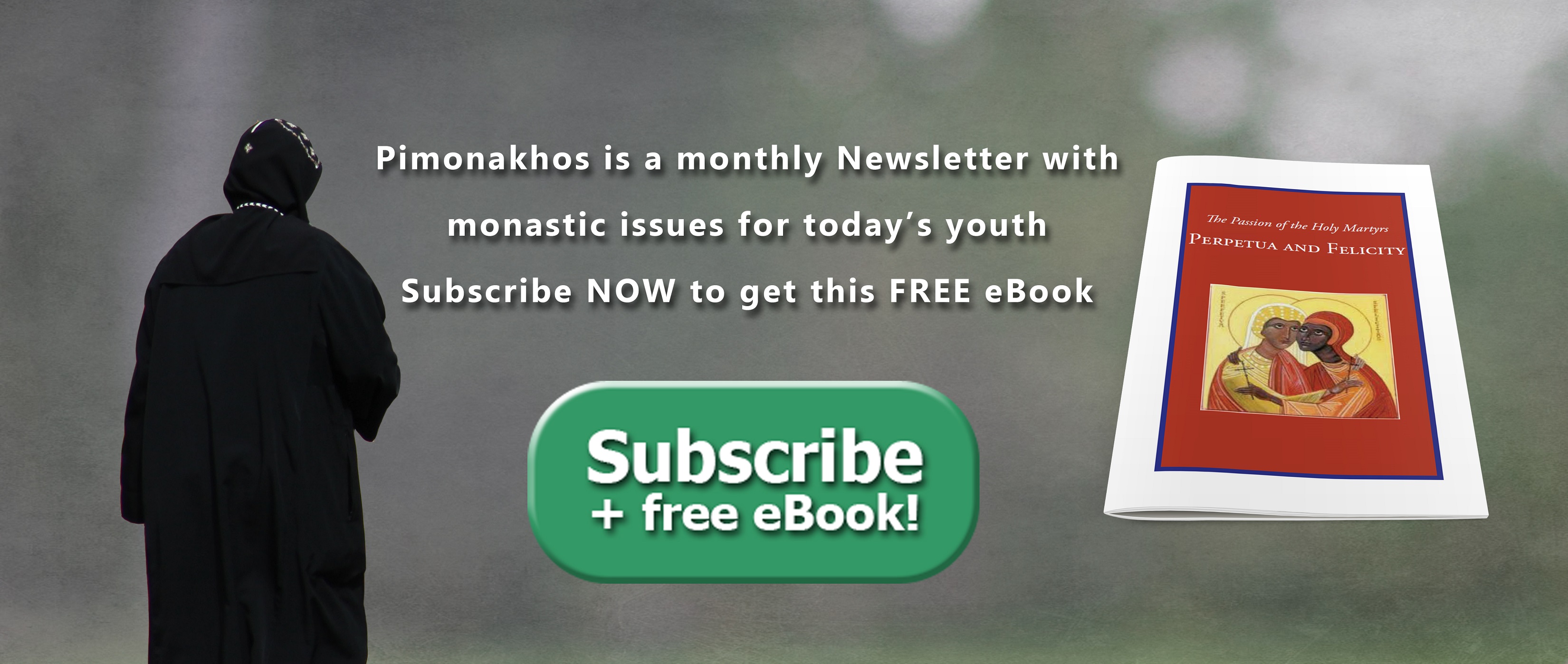After the period of martyrdom came the period of monasticism in Libya. There were remote monastic communities in the mountains and desert that survived beyond the Arab victories. They were following in the path of the crucified Lord and of the martyrs of the Roman persecution. Monasticism flourished in the Pentapolis and later in the …
After the period of martyrdom came the period of monasticism in Libya. There were remote monastic communities in the mountains and desert that survived beyond the Arab victories. They were following in the path of the crucified Lord and of the martyrs of the Roman persecution. Monasticism flourished in the Pentapolis and later in the northern parts of Latin Libya
Palladius wrote of monks of the Libyan desert whom he had met personally. One of them, unnamed, was reputed to have been a monk since AD 291. If so, that was a very early date in the history of monasticism—he would have been a contemporary of St Anthony of the Desert and St Macarius of Scetis—among the earliest prototypes of the monastic life. Palladius mentions another Libyan monk named Stephen who was very old and who also had personally met Anthony. Bishop Synesius tells us that early Libyan bishops were largely chosen from among the holy monks of the diocese.
To assess the extent of monasticism in the Libyan desert, it is necessary to define the Libyan desert, which itself presents a puzzle. The term “great Libyan desert,” as employed in late antiquity, was used variably to refer to the vast regions that now lie south of the coastal populations of Tripolitania and Cyrenaica, but it also encompasses some territories that would be politically identified today as the western desert of Egypt. This immense Libyan desert included the desolate tracts from Tripolitania on the border of present Tunisia all the way to the sparsely populated deserts of western Egypt. Vast areas of these Egyptian-Libyan desert regions were inaccessible to all but the hardiest of monks and desert nomads.
Join Us: Sign Up Today!
Tags:



